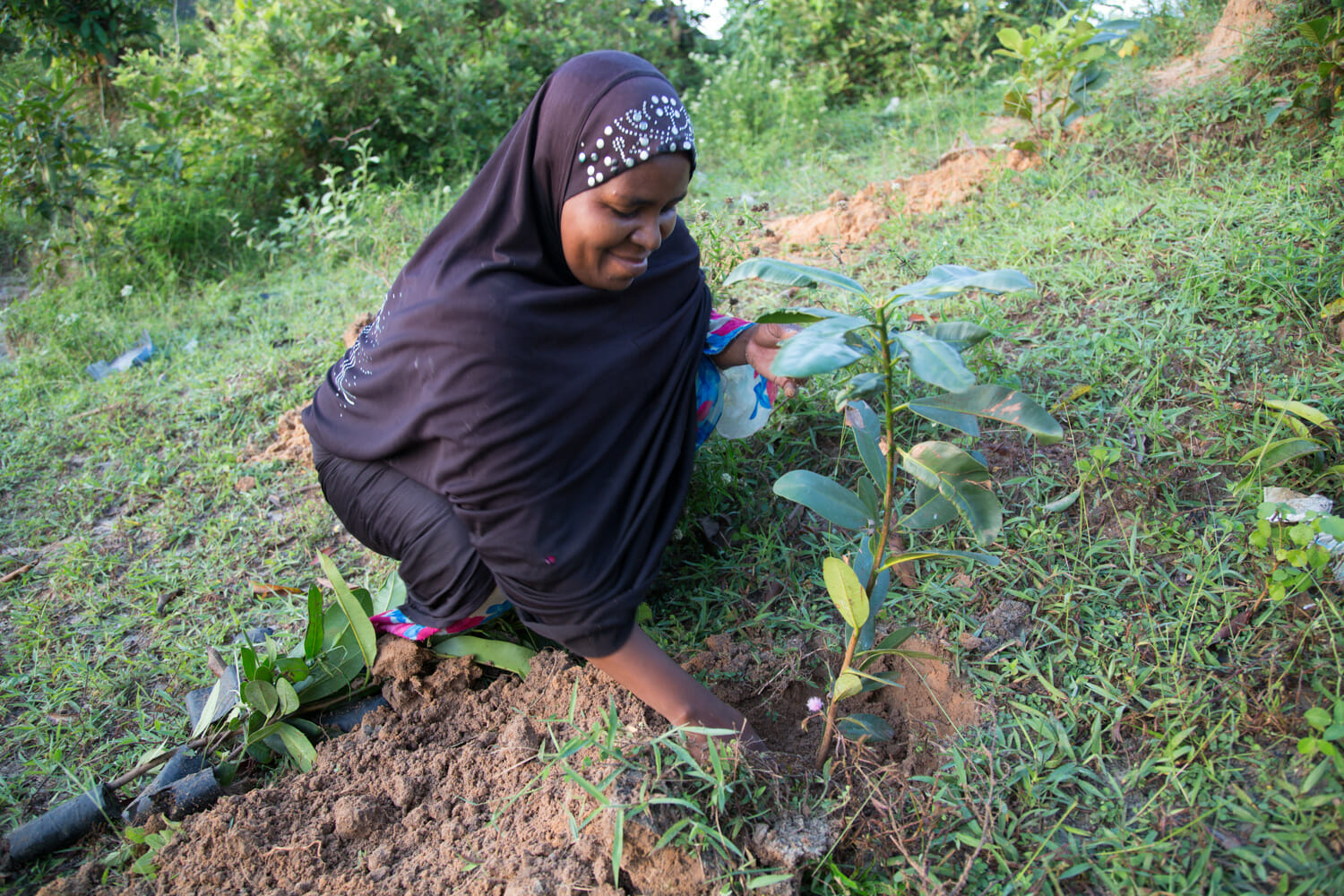Local knowledge is key to protecting biodiversity
By Rebecca Jacobs, Posted on December 8, 2022
The recent United Nations Biodiversity Conference (COP15) has been a reminder for the conservation community about the need to place Indigenous and local knowledge at the heart of biodiversity efforts—including protecting and restoring the world’s forests.
Forests are beautifully diverse ecosystems. Globally, forests contain over 60,000 different tree species, 80% of amphibian species, 75% of bird species, and 68% of the world’s mammal species. This array of habitats, life, and relationships consequently means the state of global biodiversity is tied closely to the health of our forests. Yet despite the importance of these ecosystems for the health of the planet and our own communities, intact forests are disappearing at an increasing rate.
Are people to blame? The answer is complex.

The ecosystems in which Community Forests International works are part of this rich global diversity. From the lush mangroves of Zanzibar to the unique Wabanaki forest of eastern Canada, these remarkable forests are each home to a special array of life.
Getting to the roots.
Dominant colonial narratives tell a story of nature as pristine lands untouched by humans, yet people have always shaped natural ecosystems. The difference is that today, colonial societies impact the land in overwhelmingly devastating ways. Many of the leading causes of biodiversity loss — including climate change and habitat degradation — stem from “a narrow focus on short-term profit and individual material gain from the land” (LSE, 2022). In other words, from the dominant systems of colonization and capitalism.
This destruction often occurs alongside the unjust displacement of native peoples from their lands and ways of living in reciprocity with those lands. The conservation sector has long been complicit in upholding this narrative, seen most clearly in the destructive model of fortress conservation.
The systems people have created are largely to blame for the dual biodiversity and climate crises. But this history does not need to be the story we keep telling. Given the opportunity and resources, people can be the solution.

To sustain a resilient diversity of life, including our own, we need communities and economies where people and forests thrive together. Pictured here, a young Zanzibari agroforestry farmer plants a new seedling in her garden plot.
We can change our path.
Western science is catching up with what history and wisdom have known for years. Indigenous and other collective communities do a better job of protecting forests and biodiversity over the long term. Many of the solutions to the biodiversity crisis — from protecting connected wildlife corridors to implementing sustainable land-use practices like agroforestry — originate in Indigenous and traditional knowledge. Supporting local rights and relationships to the land are the most important contribution we can make to restoring biodiversity and the climate.
As our Executive Director, Daimen Hardie, wrote earlier this year, this is true in Zanzibar, Tanzania, where community groups are proving themselves to be the most effective protectors of coastal mangrove forests. Mangrove forests grow half on land and half in the ocean, providing food and habitat to thousands of fish, birds, and other species. This biodiversity supports coastal fishing communities’ livelihoods and sources of traditional foods. Communities that live with mangroves are restoring these ecosystems because thriving mangroves support their livelihoods and provide vital protection against rising sea levels.

Supporting Indigenous relationships to the land is the most important contribution we can make to restoring biodiversity and the climate. Pictured here, Jocelyn, a Mi’kmaq knowledge-keeper, sits amongst the trees of the Wabanaki forest weaving an ash basket.
In Canada, Indigenous groups like the Wolastoqey Nation of New Brunswick are asserting their rights to care for and benefit from their traditional lands and waters. This movement is critical for justice, reconciliation, and the integrity of the landscapes in which we live. That is why we are pleased to see the Government of Canada taking steps in this direction with $800 million in new funding for Indigenous-led conservation projects and a further $5.8 million towards the new First Nations Guardian Network. That is also why Community Forests International is increasingly working in partnership with Indigenous communities to open access to, restore, and learn from the forests we care for.
We know that people are the most powerful force for change in the world – and we can become a restorative force if given the opportunity. As we look to the years ahead, we will continue to listen to the voices of Indigenous and local communities for guidance, leadership, and expertise. We hope you will too.
If you want to see more people-centred conservation efforts in the year ahead, we’d be grateful if you took a moment to support our work and the communities and forests in which we work.
